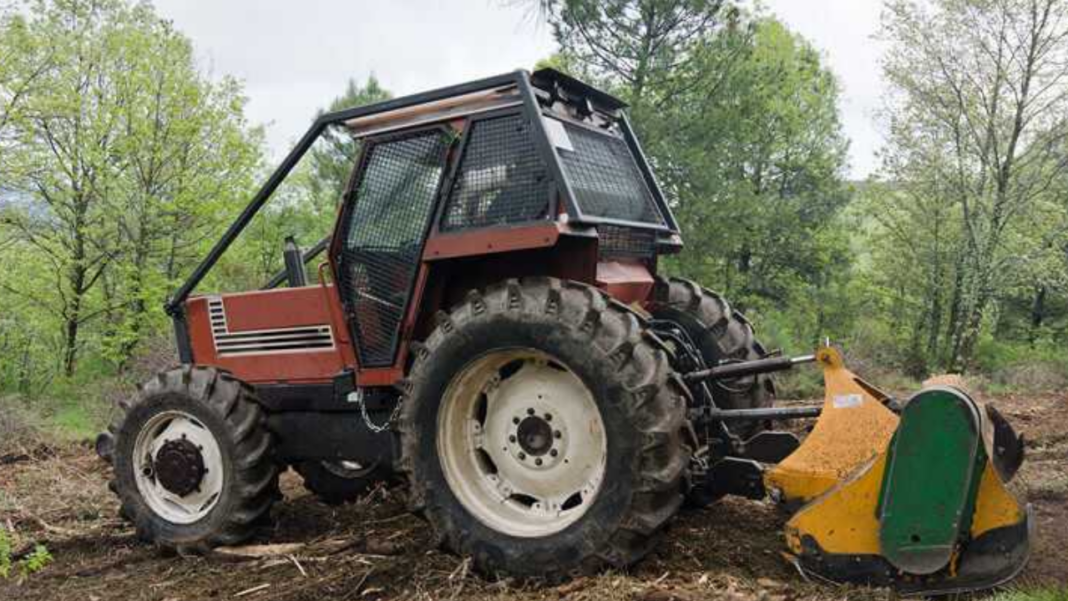An area is cleared of plants and waste using a specialized piece of machinery called a mulcher as part of the land management practice known as forestry mulching. In order to manage overgrown or unproductive land, this technique is frequently employed in forestry, agriculture, and landscaping. The forestry mulcher parts, like mulcher teeth and a flail mower hammer, are used for land clearing.
A forestry mulcher grinds vegetation to the ground’s surface, leaving behind a layer of mulch that provides protection. It will leave behind an instant layer of useful and visually appealing organic material. A property enhancement that also serves as a fire buffer and a means of halting soil erosion is forestry mulching. Mulching through mulcher teeth benefits the soil in addition to improving the appearance of the landscape.
Benefits of Mulching In Clearing Land
Forestry mulching is a useful tool for land management that has a number of benefits. The lack of heavy machinery or chemical use makes it an environmentally friendly process, which is one of its main advantages. With no harm to the environment, it can therefore be utilized in sensitive locations. Some major benefits of mulching are as follows:
Eco Friendly
Unlike conventional land management techniques, which have the potential to erode soil, forestry mulching effectively maintains the soil’s structure. Overgrown vegetation, decaying stumps, and unwanted leaves and weeds can all be turned into an erosion barrier layer that will eventually improve the soil.
Mulching helps get rid of pests and insects that are invading the soil. These bugs are mainly seen living in overgrown grasslands. The grass is eliminated via forest mulching. This reduces the number of pests, like ticks.
Erosion Control
By itself, clearing land could leave the region’s surface naked, vulnerable to erosion from wind and rain. Mulch is a great way to preserve the soil and shield tree and other vegetation roots. Both the soil and the vegetation are preserved thanks to this erosion prevention.
Free From Limitations
Limitations are absent from the mulching process, so weather conditions have no effect on it. Forestry mulching is one type of land-clearing method that is unaffected by terrain or weather. You can carry it out anywhere and at any time. It can withstand even the most difficult weather conditions and rugged terrain. Mulching is the finest option for clearing land, regardless of the terrain tight spaces, steep slopes, and rainy or snowy conditions.
Minimize Equipment Needs
By combining the functions of an excavator, shears, wood chipper, and grinder into one piece of machinery, forestry mulching reduces the need for numerous heavy equipment pieces. Since there is no waste because all of the debris is converted into mulch, there is also no need for trucks to remove the garbage. By using a single machine to handle all of these tasks, time and fuel costs can be decreased.
Mulching forests is a crucial part of sustainable land management. Both the land itself and the property owner can reap a wide range of advantages. To begin transforming your wild tree lot into a well-managed space you can be proud of, get in touch with us right now.
Cost Effective
You can effectively clear your field with a mulcher or mulching head. Several additional pieces of equipment, such as loaders, bulldozers, and tractors, are not required. You can simply use the mulcher teeth and flail mower hammer for this purpose. This further lowers the cost of labor. Furthermore, all of the residual plants won’t be removed and will end up in landfills because of forestry mulching.
Final Words
Mulching in forests plays a major role in managing the soil and plants. In contrast to other conventional techniques, it is both economical and environmentally beneficial. Not only is forestry mulching good for individual endeavors like gardens and farms, but it’s also good for public enterprises and the environment.





